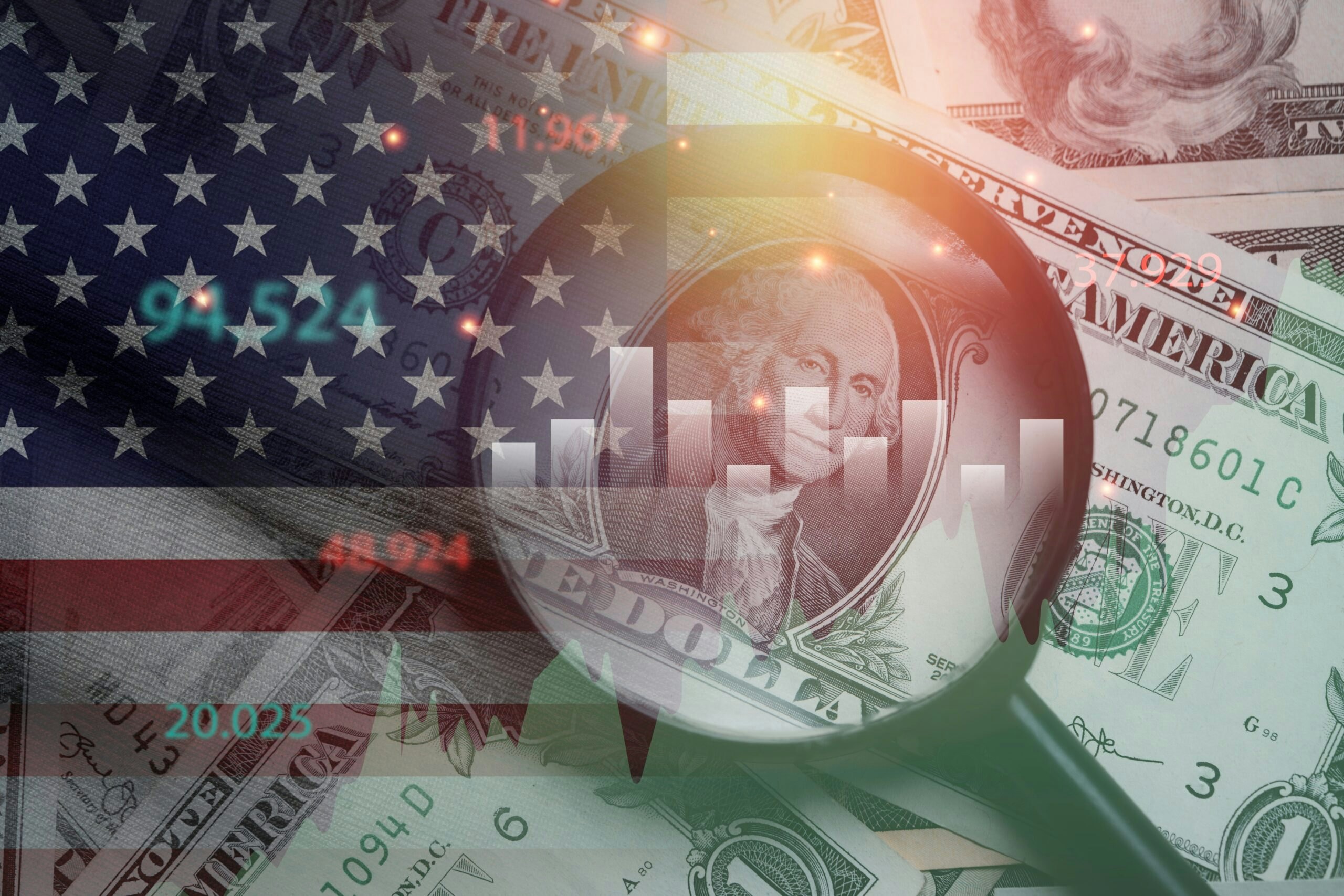Jobless claims have skyrocketed and the economy is receding. Bush Institute-SMU Economic Growth expert Cullum Clark explains what we can expect in the coming months.
Jobless claims have skyrocketed and the economy’s labor market shed 701,000 jobs in March. What should we expect for the month of April?
Unfortunately, true unemployment is currently much worse than the March employment report suggests.
The government’s employment report reflects surveys completed before the middle of the month, and 9.9 million people in the United States filed first-time claims for unemployment benefits during the last two weeks of March. To understand where we are today, add people who weren’t able to file claims last month because state unemployment websites were crashing, people like gig workers and freelancers who weren’t eligible for unemployment insurance before passage of the CARES Act on March 27 but now are, and people who’ve lost their job since early last week. Based on these calculations, some 12 to 13 percent of people in the labor force are probably now jobless – already America’s worst unemployment crisis since the Great Depression.
It’s likely that unemployment will increase as the month progresses. In many parts of the economy, businesses are facing a deepening cash flow crunch as revenues have come to a complete stop while payroll costs, rent, and other expenses continue to add up. Employers across the economy are making painful decisions about their staffing levels each day.
That said, countervailing forces will mitigate job losses to some extent. Companies with surging demand – Amazon, Walmart, and Kroger, plus companies racing to ramp up production of ventilators and masks – are hiring as fast as they can. The CARES Act has created a new forgivable loan program for employers with under 500 employees who keep most or all their people on the payroll at pre-crisis wage levels. The program, faced with massive application volumes, has gotten off to a rough start, but it will kick in soon and slow the rate of job losses over the next several weeks.
When the COVID-19 crisis recedes, will we see the economy rebound quickly or will we need to be patient as it could take a year or more?
At some point – it’s much too early to predict when – workplaces will likely start a process of partial and cautious reopening.
Some sectors, where end-user demand is largely intact and it’s possible to introduce new anti-infection precautions in the workplace, will likely experience a strong rebound. These include, for instance, manufacturing, distribution, construction, and most business services. Education, healthcare, and government workplaces will mostly keep paying people throughout the crisis, with most employees now working remotely but likely to return to physical workplaces when public health conditions allow it.
That said, two factors will probably constrain the recovery for at least a year or two:
First, one can easily imagine that consumers might be slow to return to crowded restaurants, bars, stores, theaters, gyms, and the like. These and similar industries accounted for more than 20 percent of U.S. employment before the crisis, so sluggish demand for these activities will likely have significant effects on the pace of recovery.
Second, many households and businesses will emerge from the crisis with considerable debt or depleted cash balances. Weakened balance sheets slowed the economy’s recovery after the global financial crisis of 2007 to 2009 as families and firms focused on stabilizing their finances, and a comparable effect is likely to be at work after this crisis.
































